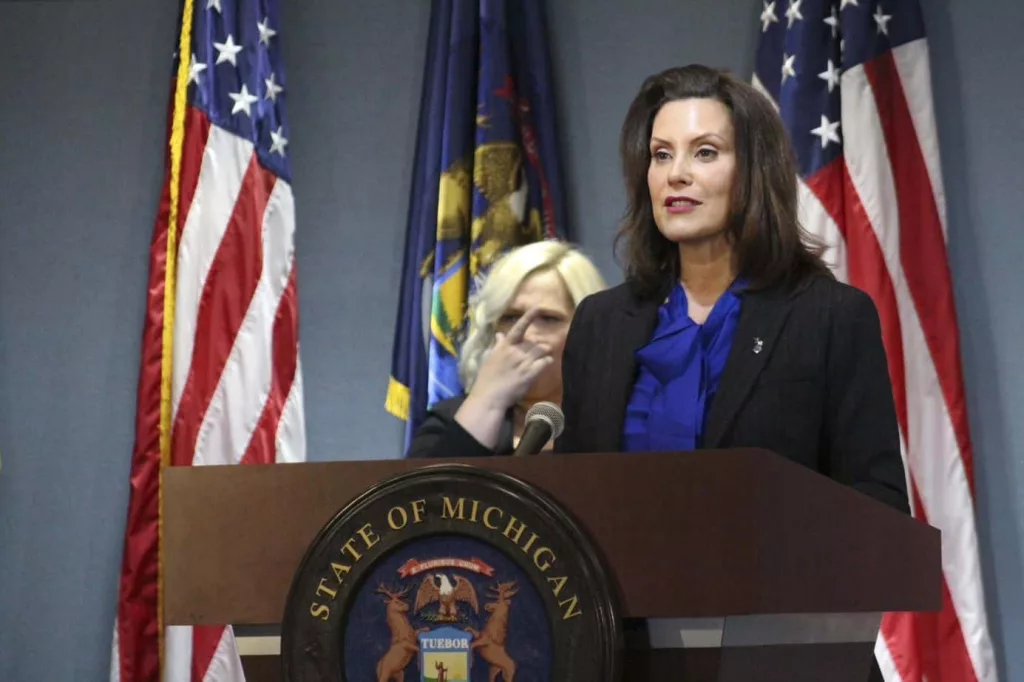As more and more of the Michigan economy prepares to open, Gov. Gretchen Whitmer has rolled back some of her Executive Orders accordingly, as the Michigan Department of Healthy & Human Services also announces fewer restrictions on hospital visits across the state.
The governor today announced rescissions of executive orders on the Freedom of Information Act, hospital capacity, and emergency medical services, while the Michigan Department of Health and Human services (MDHHS) loosened rules on who can visit patients in certain health care settings, as regions across Michigan continue to advance under the MI Safe Start plan.
Gov. Whitmer says, “As we slowly and safely reopen our economy, it’s important to roll back emergency orders designed to deal with the peak of the COVID-19 pandemic,” and adds, “By rolling back executive orders, and allowing more people to visit their loved ones in hospitals, it sends a clear signal we are making progress in the fight against COVID-19 and continue to move in a positive direction.”
Executive Order 2020-38, which extends certain FOIA deadlines due to COVID-19, will be rescinded at 12:00 am on June 11, 2020. Executive Orders 2020-39, providing temporary relief from certain restrictions and requirements governing the provision of emergency medical services, and 2020-82, providing temporary enhancements to operational capacity and efficiency of health care facilities, are rescinded effective immediately.
Meanwhile, MDHHS Director Robert Gordon issued an epidemic order, “Exceptions to temporary restrictions on entry into certain facilities,” that allows expanded visitation in hospitals, outpatient clinics, and doctor’s offices.
Gordon adds, “Sometimes a visitor can be just the medicine a hospitalized patient needs to help them through their recovery,” and adds, “As long as strong precautions are taken to help ensure the health and safety of visitors, patients and staff, this order allows for exceptions to those restrictions.”
Those facilities are required to:
- Limit visitor entry to designated entrances that allow proper screening…
- Post signage at the visitor entrance instructing visitors to be assessed for symptoms of COVID-19 before entry and instructing persons who have symptoms of a respiratory infection, including, but not limited to, fever, cough, or shortness of breath to not enter the facility…
- Perform a health evaluation of all individuals that are not under the care of the facility each time the individual seeks to enter the facility, and deny entry to those individuals who do not meet the evaluation criteria…
- Strongly discourage entering any facility to visit persons at high risk of developing severe complications from COVID-19, including older adults and persons with underlying medical conditions…
- Restrict visitation to the patient’s room or other designated locations…
- Require visitors who are medically able to wear a mask or other cloth face covering for the duration of their visit, and swiftly remove from the facility visitors who fail to abide by this requirement…
- For in-patient stays, make available on-site and off-site alternatives to in-person visits, such as video or audio calls…
- Disallow visitation during aerosol-generating procedures or during collection of respiratory specimens unless deemed necessary by hospital staff for the care and well-being of the patient…
- Permit visitation only during select hours and limits the number of visitors per resident…
To view Executive Order 2020-112 and the MDHHS Epidemic Order, click the links below:
EO-2020-112-Emerg-order-rescissions
MDHHS-epidemic-order-exceptions-to-facility-entry-restrictions






